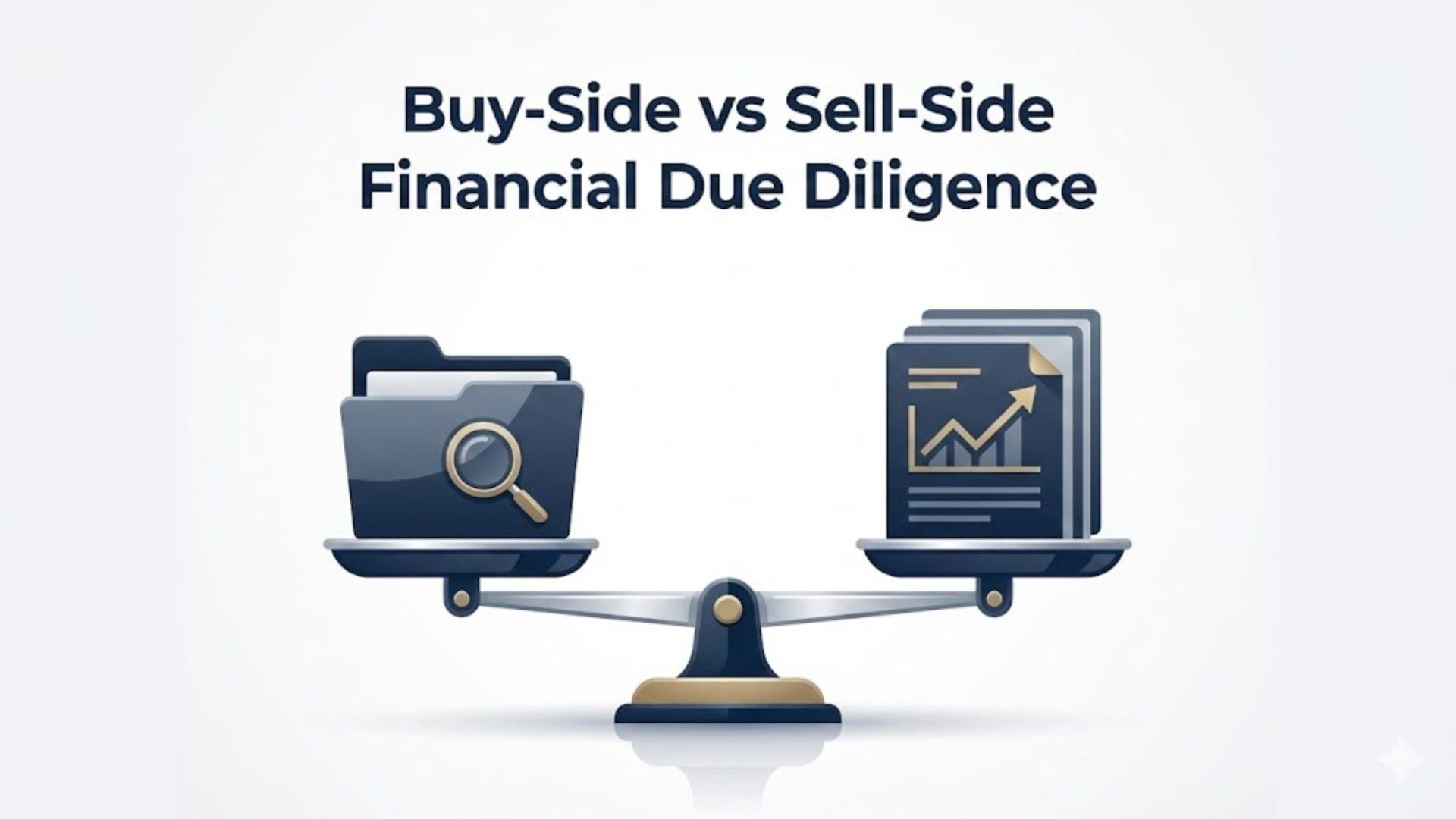SME IPO Process: A Step-by-Step Guide!
Published on 19/6/2024

How to Launch an SME IPO in India: Easy Step-by-Step Process
Small and Medium Enterprises (SMEs) are the backbone of India’s economic growth, driving innovation, employment, and industrial expansion. In today’s competitive market, launching an SME IPO in India has become a powerful strategy for businesses seeking to raise capital, expand operations, and enhance credibility. Through an SME IPO listing on platforms like BSE SME or NSE Emerge, companies can attract public investment, boost brand visibility, and unlock long-term growth opportunities.
An SME Initial Public Offering (IPO) allows small and medium businesses to issue shares to the public for the first time, helping them secure funds for expansion, working capital, and new projects. Compared to Mainboard IPOs, SME IPOs follow simplified eligibility and compliance requirements—making it easier for growing enterprises to enter the stock market.
Partnering with professional SME IPO consultants or IPO advisory firms ensures a seamless, compliant, and successful journey from IPO planning to final listing. These experts guide businesses through due diligence, documentation, valuation, and regulatory approvals—enabling SMEs to go public with confidence and efficiency.
Why Consider an SME IPO?
-
Raise Expansion Capital: Secure funding for growth, innovation, or operational needs.
-
Gain Market Trust: Listed status builds credibility with lenders, partners, and customers.
-
Unlock Shareholder Value: Promoters and early investors can benefit from improved liquidity.
-
Wider Market Reach: A public listing increases brand awareness and investor engagement.
-
Better Corporate Practices: Compliance improves transparency and professional management.
Choosing the right SME IPO advisory team plays a crucial role in unlocking these benefits by providing expert guidance and tailored strategic advice throughout the IPO lifecycle.
The SME IPO Process – Step by Step

1. Initial Evaluation and Compliance Check
Before beginning the IPO process, a company must ensure it satisfies the conditions laid out by SEBI and the SME Exchange. These conditions may include a minimum post-issue capital threshold, consistent revenue or profit track record, and a clear operational history. A readiness check with expert advisors—particularly those offering IPO advisory services—is highly recommended to ensure smooth execution.
2. Strategic Planning and Advisory Onboarding
This phase involves assessing the company’s financials, future goals, and legal structure. The business should:
-
Appoint key professionals such as IPO advisory consultants, legal counsel, merchant bankers, and auditors.
-
Prepare audited financial statements and align internal governance with public market expectations.
-
Identify how much capital is needed and how it will be used.
A dedicated IPO advisory team can help structure the offering in a way that appeals to both regulators and potential investors.
3. Due Diligence and Verification Process
Once the advisory team and merchant bankers are onboarded, the next critical step is conducting comprehensive due diligence. This stage ensures all company information—financial, legal, and operational—is accurate, transparent, and compliant with SEBI norms.
Key areas covered during IPO due diligence include:
-
Financial Due Diligence: Verification of audited financial statements, revenue streams, assets, liabilities, and cash flows to ensure accuracy and transparency.
-
Legal Due Diligence: Examination of company incorporation documents, contracts, intellectual property rights, and compliance with regulatory laws.
-
Tax and Statutory Compliance: Review of GST filings, income tax returns, and other statutory obligations.
-
Operational and Management Review: Assessment of internal control systems, governance structure, and management efficiency.
The outcome of this phase helps identify any potential risks or discrepancies before filing the Draft Red Herring Prospectus (DRHP). A robust due diligence process builds investor confidence and supports smoother regulatory approval.
SME IPOs require accuracy, not guesswork || Get expert IPO advisory support at the right stage.
4. Creating the Offer Document
A detailed offer document is prepared, known as the Draft Red Herring Prospectus (DRHP). This document outlines the company’s background, industry insights, management details, risk factors, and financials. The appointed merchant banker, in collaboration with SME IPO consultants, ensures that the information is accurate, complete, and in compliance with SEBI norms.
5. Regulatory Review and Documentation Approval
Once the draft prospectus is ready, it is submitted to SEBI and the relevant SME exchange for thorough evaluation. Any queries raised by the authorities must be addressed quickly and transparently. After approval, the final offer document—Red Herring Prospectus (RHP)—is published, which paves the way for the IPO launch.
6. Investor Roadshows and Public Outreach
The company now focuses on promotional efforts to generate interest among investors. This includes conducting roadshows, online campaigns, and targeted outreach. The pricing range of the IPO is finalized based on market sentiment and valuation inputs from merchant bankers and IPO advisory services.
7. Opening the Issue for Public Participation
At this stage, the IPO is officially open for subscription. Investors can apply through mechanisms like book-building or fixed pricing. The window typically remains open for a few days, with real-time monitoring of demand and participation levels.
Once the issue closes, shares are allotted based on the subscription data. The company’s equity is then listed on an SME platform, marking its transition into a publicly traded entity. Post-listing, it must comply with ongoing reporting, governance, and disclosure requirements as per SEBI and exchange regulations.
Why an SME IPO is a Strategic Move
Going public offers more than just funding—it builds trust, opens doors to partnerships, and enhances brand value. For SMEs with strong fundamentals and a vision for expansion, listing through an IPO can be a powerful growth catalyst. The support of a knowledgeable SME IPO advisory partner ensures the journey is efficient, compliant, and aligned with your business goals.
SME IPO vs Private Equity vs Mainboard IPO: Choosing the Right Growth Path
For growing businesses, selecting the right capital-raising strategy is a critical decision that impacts ownership, control, compliance, and long-term growth. While an SME IPO, Private Equity funding, and a Mainboard IPO all provide access to capital, each option serves a different business stage and strategic objective.
SME IPO
An SME IPO is ideal for small and medium enterprises that want to raise growth capital from public markets while enhancing brand credibility. Listing on platforms such as BSE SME or NSE Emerge offers liquidity, visibility, and structured governance with relatively moderate compliance requirements.
Private Equity Funding
Private Equity funding suits businesses seeking strategic capital without going public. It provides access to institutional investors who offer not only funds but also operational expertise, industry connections, and long-term value creation support. However, it often involves negotiated ownership dilution and defined exit timelines.
Mainboard IPO
A Mainboard IPO is designed for large, well-established companies with strong financials and a proven track record. While it offers access to a broader investor base and significant capital, it comes with higher compliance costs, extensive disclosures, and ongoing regulatory obligations.
Quick Comparison Overview
|
|---|
Choosing the right route depends on your company’s size, growth objectives, governance readiness, and long-term vision. Many businesses begin with private equity or SME IPOs before eventually transitioning to a Mainboard listing as they scale.
Partner with Inspirigence Advisors – Your Trusted SME IPO Consultants
At Inspirigence Advisors, we offer end-to-end support for businesses seeking to go public. Our services include:
-
IPO readiness assessment
-
Financial and legal restructuring
-
Drafting offer documents and regulatory compliance
-
Marketing support and investor communication
-
Post-listing reporting and governance
As experienced IPO advisory consultants, we bring deep industry insight, regulatory expertise, and hands-on execution support to help SMEs unlock their full market potential.
Be the Leader in Your Industry – Become the Next Multi-Million Dollar Success Story.
Team up with India’s Top IPO Advisory Experts at Inspirigence Advisors and take your first step toward going public with confidence.
🧩 Frequently Asked Questions (FAQs)
1. What is the eligibility for an SME IPO in India?
Ans. A company must have a post-issue paid-up capital between ₹1 crore and ₹25 crore, a good track record, and compliance with SEBI and exchange norms to qualify for an SME IPO.
2. How long does the SME IPO process take?
Ans. The SME IPO process usually takes around 4–6 months, including preparation, due diligence, SEBI review, marketing, and final listing.
3. What is due diligence in the SME IPO process?
Ans. Due diligence ensures all financial, legal, and operational details of a company are verified before going public, building investor trust and regulatory compliance.
4. How is an SME IPO different from a Mainboard IPO?
Ans. An SME IPO is designed for small and medium enterprises with lower capital requirements and simpler regulations, while Mainboard IPOs cater to large companies.
5. Why hire SME IPO consultants?
Ans. SME IPO consultants handle documentation, due diligence, valuation, and compliance, ensuring a smooth listing process and better market visibility.


